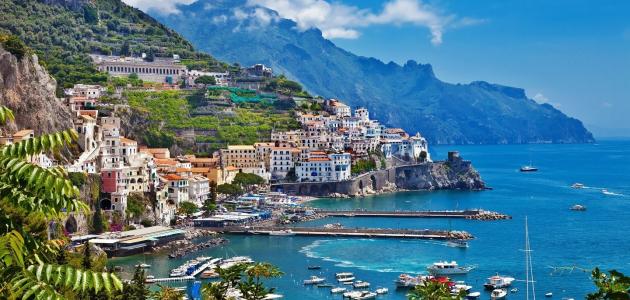Table of Contents
The most important effects of Palmyra
There are many monuments in the city of Palmyra, the most important of which are:
- Hull structure: It is a square-shaped building, each side of which is about 22 meters long, and is surrounded by a wall of approximately 21 meters high.
- Burials: There are many different burials of various shapes. The number of burials is one hundred, and it consists of four layers.
- Bathrooms: In front of the bathrooms there are four granite columns, and the bathrooms are divided into three sections: cold, warm, and hot baths, as well as a meeting and sports field.
- Romen Theater: The amphitheater was built in the first half of the second century A.D., and the platform was erected in the late second and early third centuries CE, and it was built with limestone in the form of a semicircle.
- Senate: It is a rectangular structure, has a horse-shaped sole, and the board may have been constructed for dealers or a center for the Sheikh of the market.
- Long street: Extending from the main entrance to the Temple and even to the Damascus Gate, the street consists of four sections.
- Street of columns: Al-Awamud Street is about 100 meters long, and it is the city’s hub.
Palmyra site
Palmyra is located in the south of central Syria, and it is 210 kilometers away from the northeastern side of Damascus. It is worth noting that the Romen rulers called it Palmyra in the first century AD, which means the city of palm trees. The city area is about 0.809371 square kilometers, and its location has contributed The strategy is to connect the Romens with Mesopotamia, where the city is located on an oasis midway between the western side of the Mediterranean and the eastern side of the Euphrates.
The history of Palmyra
Palmyra was subjected to Romen control during the reign of Emperor Tiberius, then Emperor Hadrian announced that Palmyra was a free city and then granted and met with Cologne and exempted it from taxes, and thus were the second and third centuries BC the great ages of Palmyra, the city prospered afterwards, and its commercial activities increased Then, Zenobia II ruled the city of Palmyra, and became a de facto leader of it, and after that the armies of Palmyra invaded most of Anatolia in 270, then the city declared its independence from Rome.








